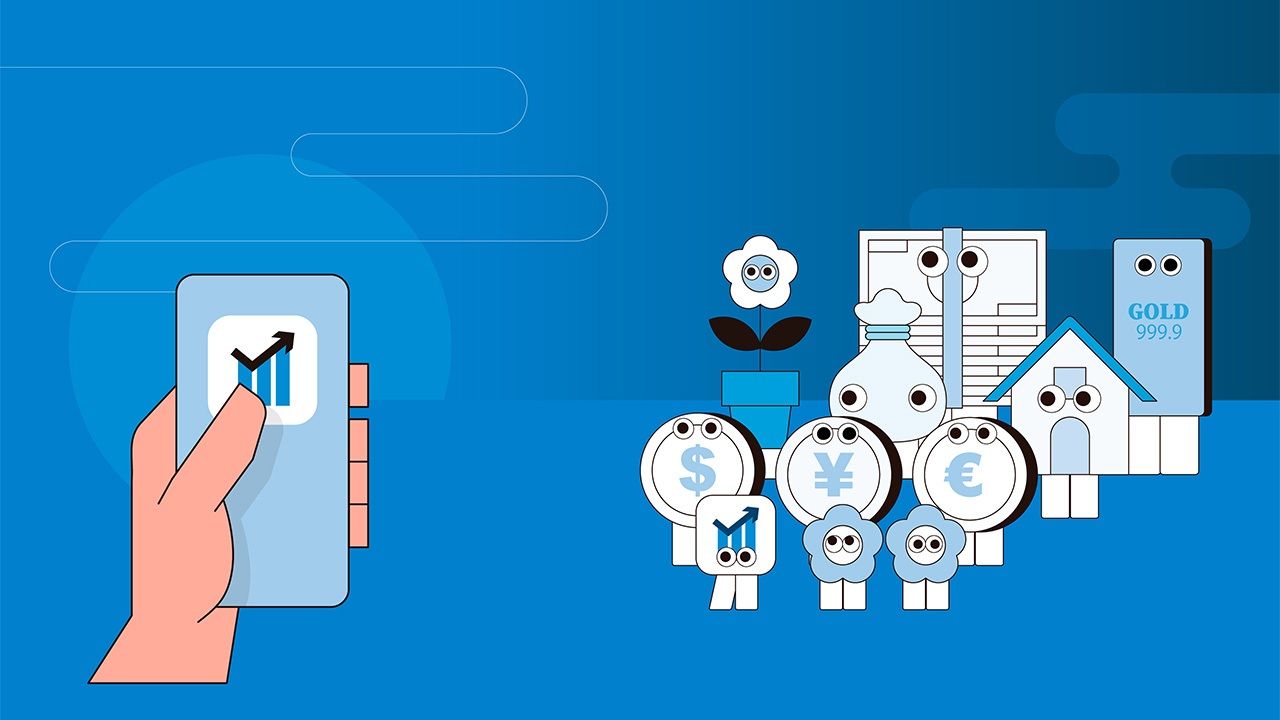
More than Half of New NISA Investors in Japan Using Both “Tsumitate” and Growth Accounts
Economy- English
- 日本語
- 简体字
- 繁體字
- Français
- Español
- العربية
- Русский
Starting in January 2024, Japan’s revamped NISA tax-exempt system for small investment was launched under the slogan of “promoting stable asset building for households.” In July, Oricon conducted a survey of 6,028 people who opened a NISA account.
Among the surveyed individuals, 44.0% had opened a new NISA account with a securities firm for the first time, while 49.2% had done so with a bank, meaning that for almost half of the individuals the introduction of the new NISA system was the motivation for opening their first account.
The new NISA has two investment frameworks: tsumitate, offering balanced, long-term, diversified investment, and “growth” for investments expected to generate benefits from listed stocks and the like.
More than half of new investors use both frameworks, although there is a tendency for those at brokerage firms accounts to prefer growth accounts, while those at banks are more likely to pick tsumitate. More than 40% of investors aged 60 or older who use securities firms chose to invest only in growth portfolios.
When opening an account, customers at securities firms tend to focus on convenience of transactions, such as acceptable commission rates and ease of placing an order; whereas bank customers are more focused on ease of understanding and the response to inquiries so that they can be guided through uncharted territory.
The most common monthly investment amount for tsumitate accounts at securities firms and banks was between ¥10,000 and ¥ 30,000, followed in the case of securities firms by transactions of ¥100,000 or more and at banks by transactions between ¥30,000 and ¥50,000.
For the growth framework, 32.1% of the respondents using securities firms made investments at least once a month, while 24.8% did so less than once every two to three months. In the case of bank customers, 39.1% conducted transactions less frequently than once every two to three months, suggesting that they basically left their accounts alone after opening them.
(Translated from Japanese. Banner photo © Pixta.)






